
Wood & Deck Restoration Services
All Exterior Wood Needs Protection From Outdoor Weather!
The constant cycle of rain and heat takes it toll on wood. Why? Because the damaging effects of outdoor weather on exposed, unprotected wood begins IMMEDIATELY and lasts forever.
The day you finish installing a deck or other structure is the day trouble can start. Morning dew, rainwater and melting ice or snow are quickly absorbed by unprotected wood, causing it to soften and swell. Direct exposure to the sun’s heat causes drying, which makes wood shrink. Continuous cycles of wet and dry, swelling and shrinking, cause wood to warp, split, crack and check – all of which lead to premature wood degradation and expensive repairs.
Unprotected wood is also subject to surface graying caused by constant exposure to the sun’s ultra-violet rays. Persistent moisture exposure creates ripe conditions for the growth of mildew, mold, algae and other fungal organisms that feed on wood, eventually spreading across and staining the surface. Termites and other wood boring insects also use wood for a food source, causing ultimate wood rot and decay. Contact us today for expert wood & deck restoration services.
View Our Wood & Deck Restoration Services Before & After Gallery
Below is a sampling of some of the work we’ve recently performed on projects across New England. If you’d like a free estimate on your next project, contact us today!
(Drag Slider Left/Right to See Before/After)
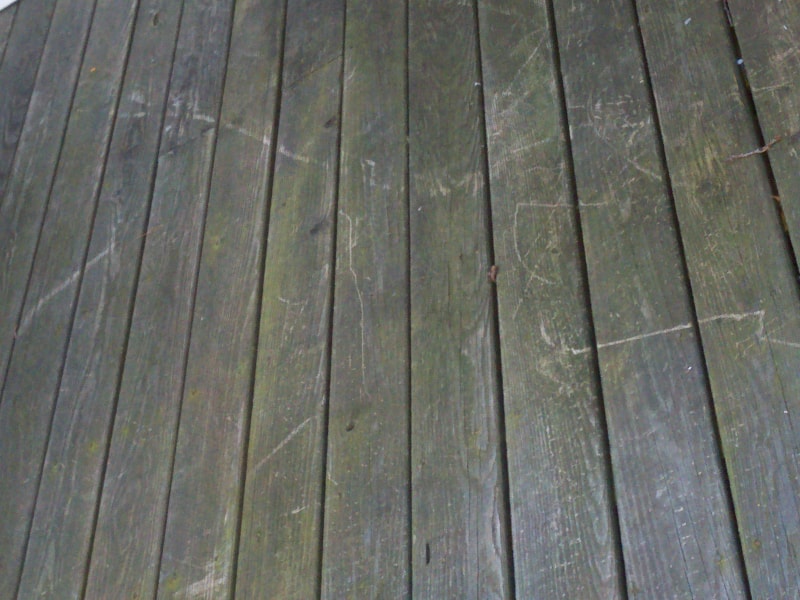

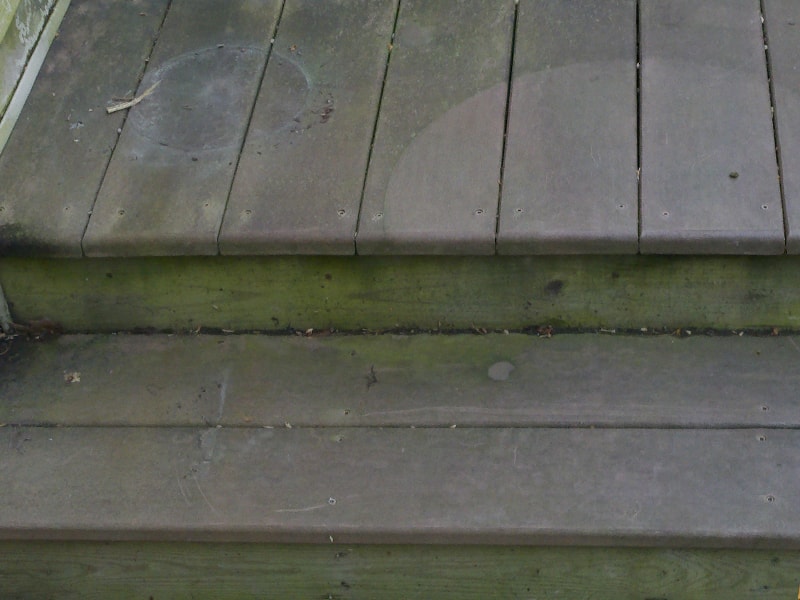


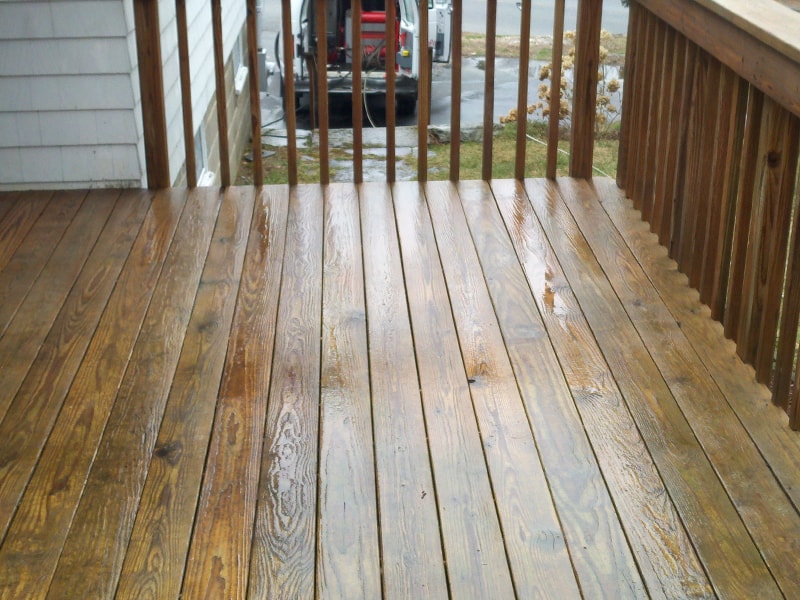
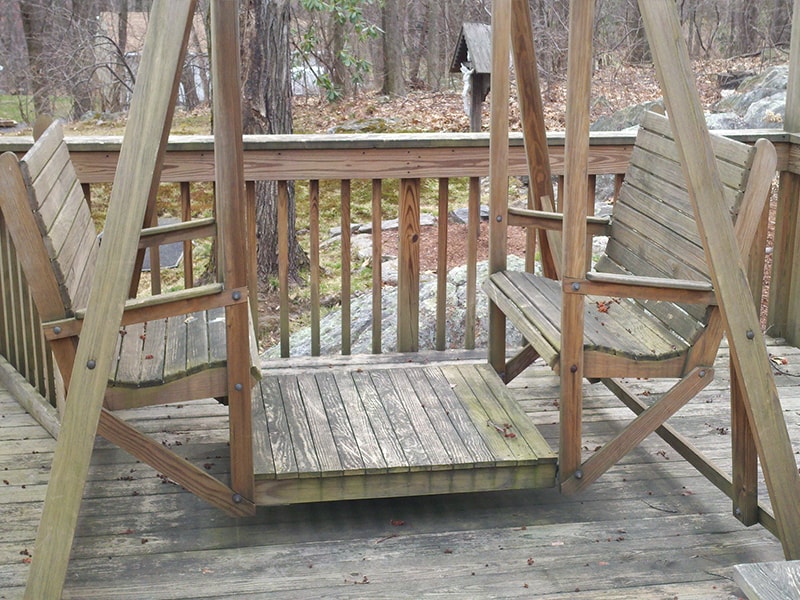
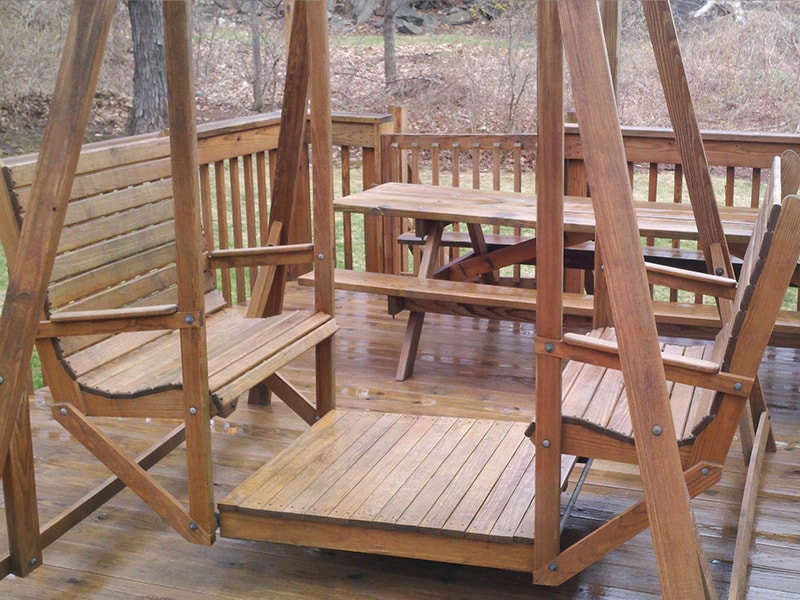
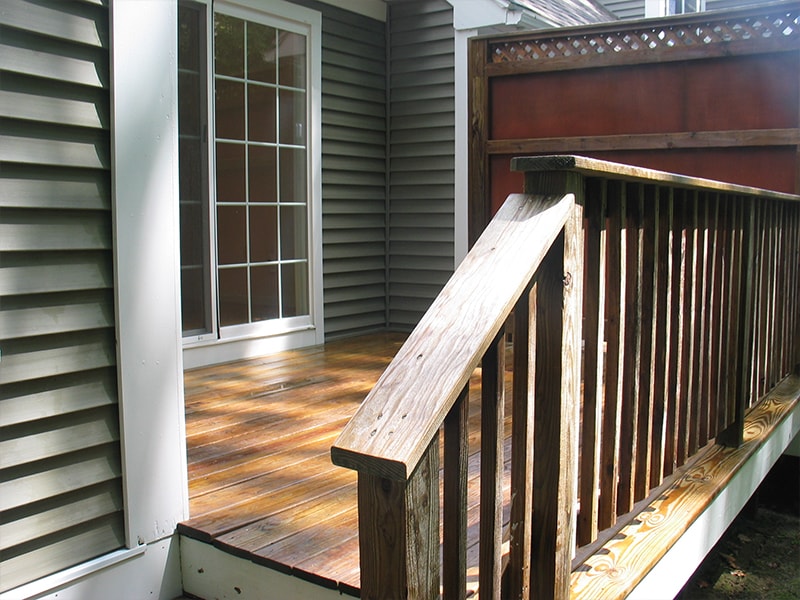
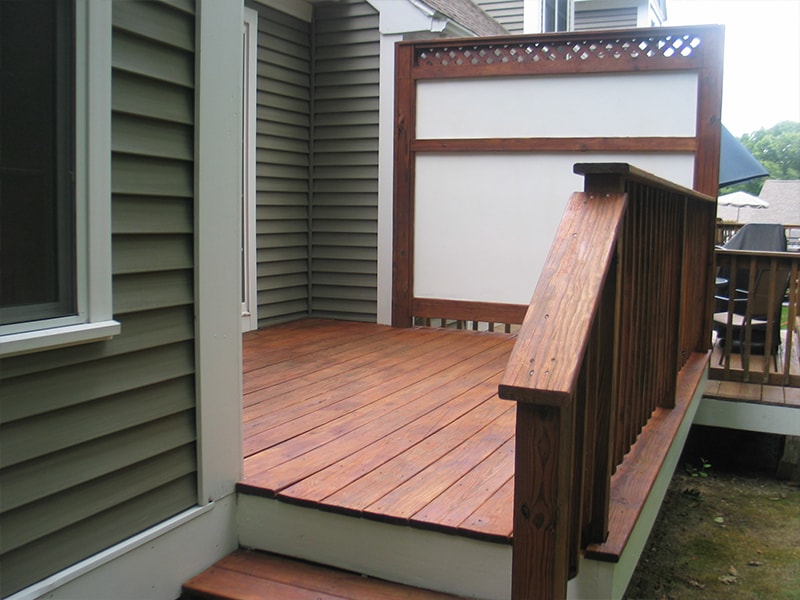
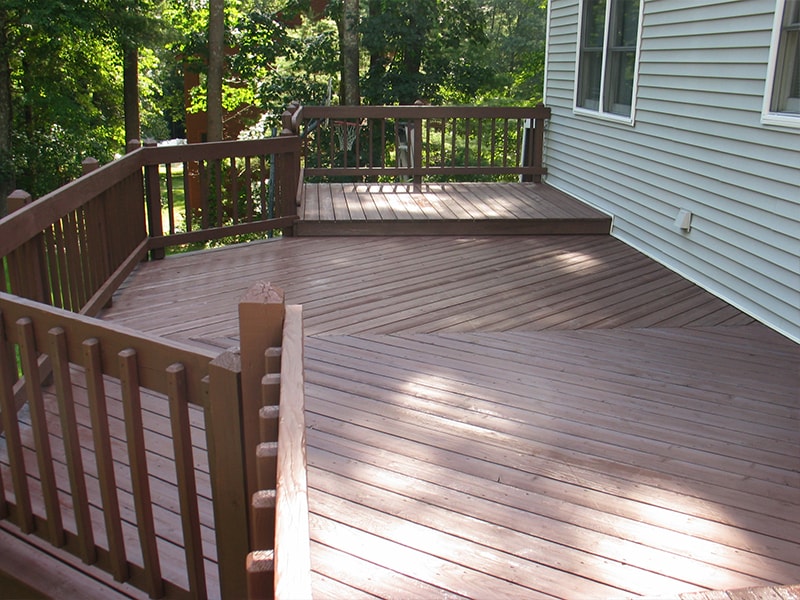

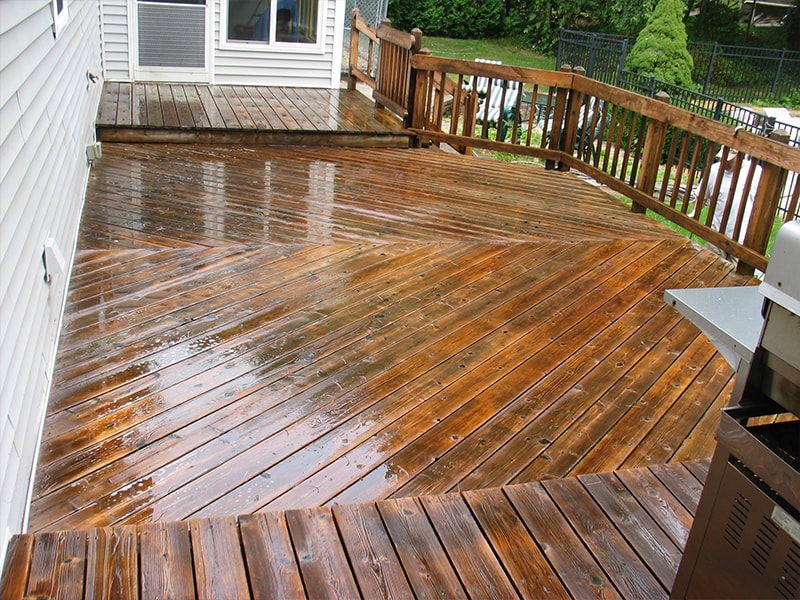
Preserve Your Wood Deck’s Beauty & Structural Integrity
Once you’ve built, installed and protected your new wood structure with a water repellent coating, make sure to clean the wood and re-apply the coating every two to three years. Daily exposure to UV rays and precipitation will eventually wear away the coating’s surface layer, thus making it necessary to re-apply periodically.
To determine if that time has come, splash water on several sections of the wood, and observe how the droplets react. If they bead or puddle, repellency is still active, if they absorb rapidly, another coating is recommended. Generally speaking, the more water and sun exposure, the more frequent the need to re-apply, but you can count on a minimum two seasons of water repellency on horizontals, and up to 4 years of repellency on verticals.


